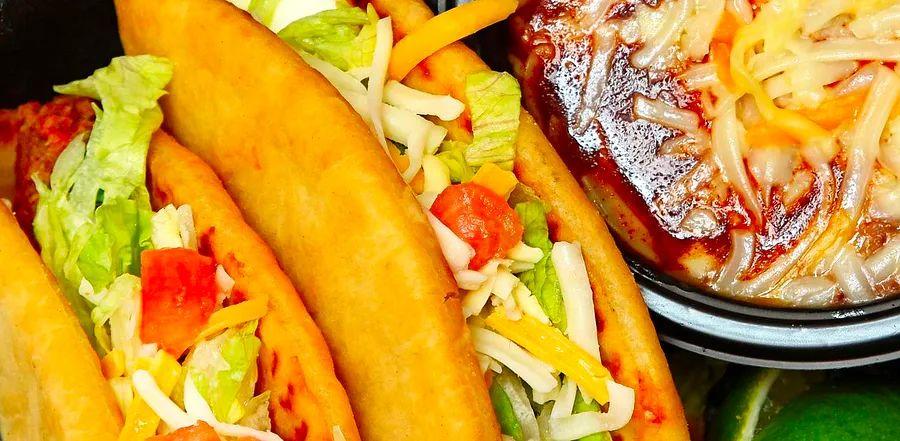What Exactly Is a Chalupa?

We've all been there—those late-night cravings for Taco Bell. While scrolling through the menu, you’ve likely stumbled upon a chalupa. Taco Bell’s version is the Americanized take on this classic Mexican dish.
Chalupas can vary significantly depending on where you’re enjoying them. The construction and ingredients differ across regions in Mexico, and the Americanized version we’re familiar with is a far cry from the traditional. No matter where you get them, though, you’re in for a tasty, savory treat.
What Is a Chalupa?
The word 'chalupa' comes from the Spanish term for "boat," referring to its boat-like shape. In its traditional Mexican form, chalupas are made from masa dough, shaped into a small cup, and deep-fried, giving them that boat-like appearance.
In the U.S., chalupas are typically more taco-shaped with a familiar fold. While some chalupas may use corn-based ingredients or are fried in corn oil, most are made from wheat flour, giving them a bread-like texture compared to their traditional Mexican versions. Across Mexico, chalupas vary greatly in terms of fillings, but in the States, you're most likely to find them topped with the classic taco-style ingredients.
Chalupas vs. Tacos: What's the Difference?
Tacos and chalupas may both be popular Mexican street foods, also known as antojitos (meaning 'little cravings'), but they differ in key ways. The most significant difference is the shell: tacos are made with thin, unleavened corn or flour tortillas, while chalupas feature a shell that is slightly leavened, with a soft, fluffy interior and a crispy outside.
In the Americanized version, the chalupa shell resembles fried dough or bread. While tacos can be made with fried corn tortillas that are crunchy all the way through, chalupas are flexible and foldable, behaving more like flatbread than a traditional tortilla. The traditional Mexican chalupa still has some softness and flexibility, but because it’s made from masa dough, its texture is closer to that of tamales, being thinner and more rigid than the flatbread-style chalupa typically seen in American restaurants, resembling a tostada more than a taco.
Most tacos use pre-made tortillas that are kept ready for quick assembly. Even crunchy taco shells are typically fried in advance in large batches. Chalupas, however, are generally fried to order. Due to their thicker dough and higher moisture content, chalupas can become soggy if they sit around too long after frying, losing their satisfying texture.

Get the recipe: Pork Chalupas
What's Inside a Chalupa?
Chalupas are like tacos and burritos in that they serve as a versatile base for a variety of delicious fillings. Some prefer to stick with traditional options, while others experiment with more modern, creative toppings. At many Mexican eateries, you might find chalupas filled with stewed or shredded meats like chicken, pork, or chorizo, and topped with fresh salsa, lettuce, or other tasty garnishes.
In certain regions, chalupas are served in smaller sizes with simpler toppings like salsa, lettuce, and occasionally beans or cheese. The Americanized chalupa, such as those found at Taco Bell, typically includes seasoned ground beef or chicken, lettuce, tomato, shredded cheese, and sour cream, with the option to add salsas or hot sauce for extra flavor.
Is a Chalupa Soft or Crunchy?
The charm of a chalupa shell lies in its unique balance of softness and crunch. It's soft and flexible like a tortilla, but the frying process gives it a satisfyingly crispy, golden brown exterior that adds a bit of crunch, similar to a hard taco shell. The Taco Bell chalupa, for example, has a soft, bread-like texture, while other variations, made thinner with masa, tend to be crispier. Depending on where you get your chalupa, you may experience either a softer or crunchier version.

1

2

3

4

5
Evaluation :
5/5